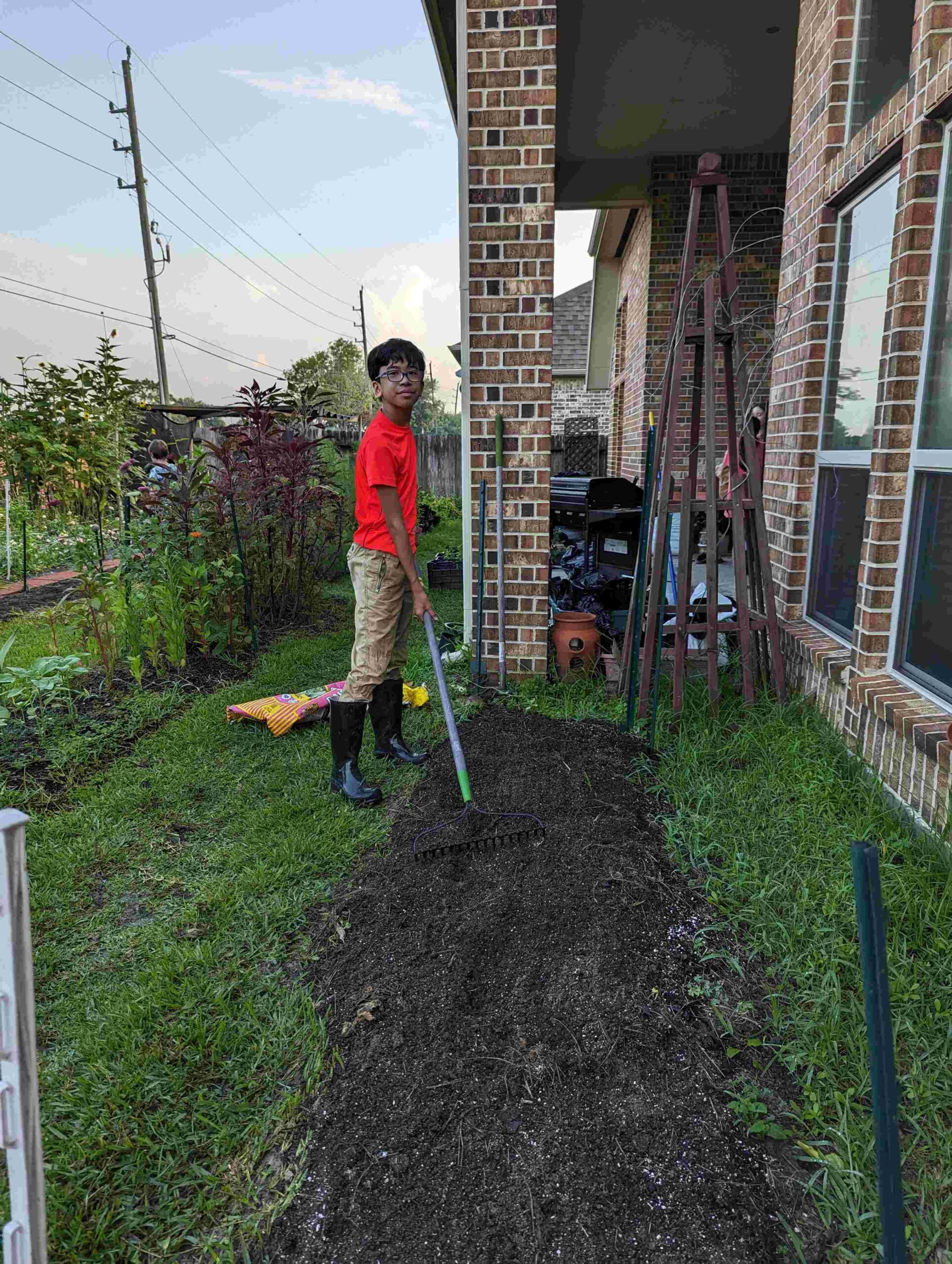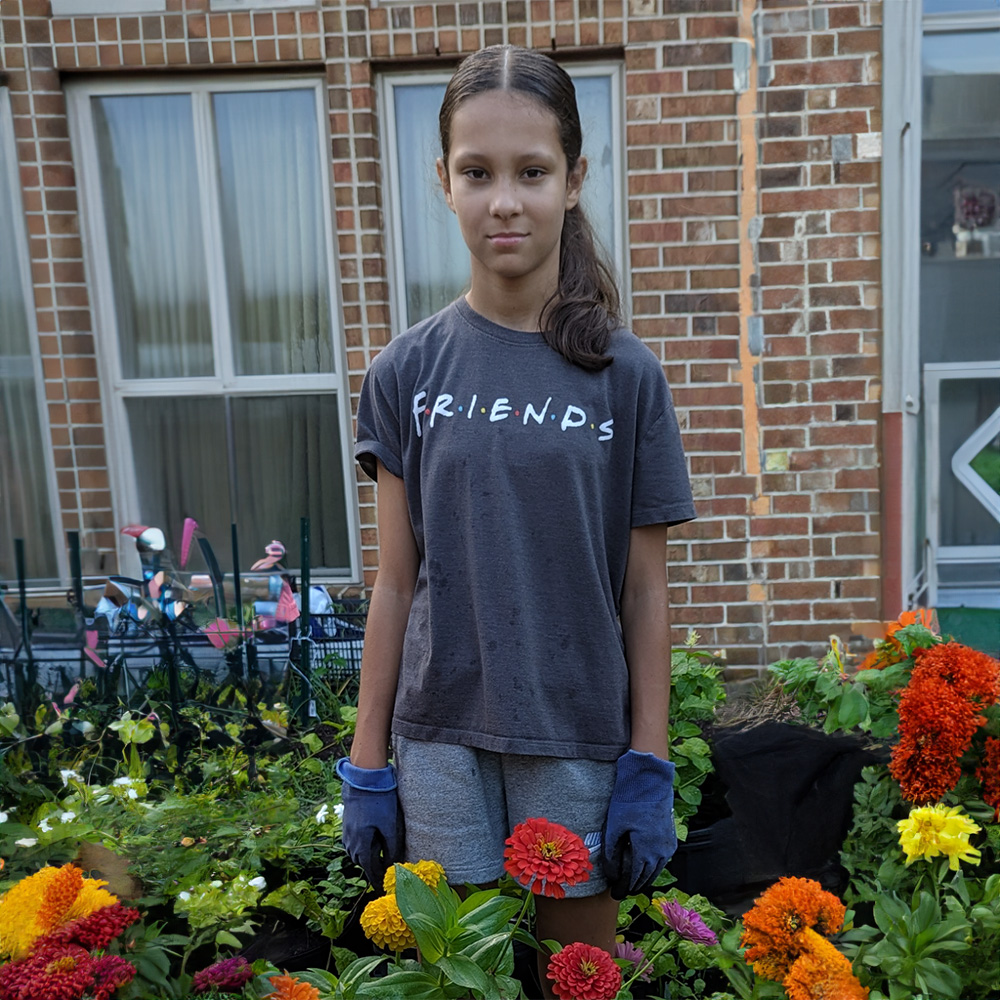Role of Pollinators in Flower Health
- June 26, 2025
Anoushka Bhasin
Rising 9th Grader
As I look over a garden or wildflower field in full bloom, I can’t help but to smile. The soft petals, colors, the small details of a big flower. But something we don’t always see at first glance is the process making it all possible; pollinators.
Bees, butterflies, hummingbirds, moths, beetles, and even bats—they may be small, but they’re doing some seriously important work. As they move from flower to flower collecting nectar or just going about their day, they carry pollen with them. That simple act—called pollination—helps flowers grow, reproduce, and stay healthy.
Without pollinators, many flowers wouldn’t survive. They wouldn’t be able to make seeds, and over time, gardens would be a lot less colorful and lifeless. Thanks to these busy little helpers, flowering plants can grow stronger, live longer, and produce vibrant blooms. Pollination even helps them fight off diseases and adapt to changes in their environment. In a way, pollinators are like quiet caretakers—making sure flowers keep blooming, seeds keep spreading, and nature keeps working the way it should. They even help grow a lot of the food we eat.
So the next time you see a bee buzzing near a flower, don’t swat it away. Take a second to appreciate what it’s doing. That little bee is helping the whole world grow, one flower at a time.
Tags
Related Articles

Seasonal Flowers
By Meaghan Summer is back in full swing, and so are Florista’s summer arrangements! Every arrangement is put together with care and attention to detail,

Why local vs. imported flowers?
By Archer, Rising 7th Grader Most flowers sold in the US are imported to us from the Netherlands, Colombia, Ecuador, and Mexico. The disadvantages of

Gardening tools
By Abby There are many tools used in flower farming, and each of them has a different specific task. The trowel is a staple, best
